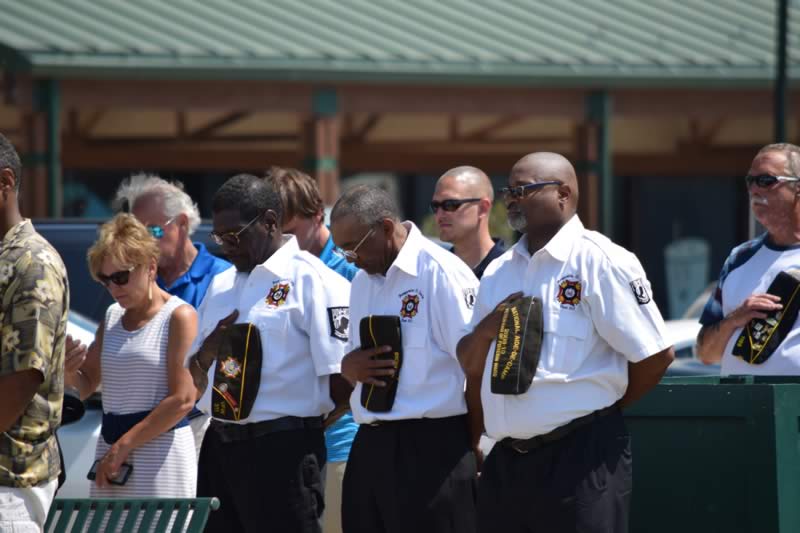Washington, DC–(ENEWSPF)–September 1, 2011. The Department of Defense POW/Missing Personnel Office (DPMO) announced today that the remains of a serviceman, missing in action from the Vietnam War, have been identified and returned to his family for burial with full military honors.
Air Force Major Thomas E. Reitmann of Red Wing, Minn., will be buried on Sept. 8 in Arlington National Cemetery. In 1965, Reitmann was assigned to the 334th Tactical Fighter Squadron deployed out of Seymour-Johnson Air Force Base, N.C., to Takhli Air Base, Thailand. On Dec 1, 1965, he was flying a strike mission as the number three aircraft in a flight of four F-105D Thunderchiefs as part of Operation Rolling Thunder. His target was a railroad bridge located about 45 nautical miles northeast of Hanoi. As the aircrew approached the target area, they encountered extremely heavy and accurate anti-aircraft artillery (AAA). While attempting to acquire his target and release his ordnance, Reitmann received a direct AAA hit and crashed in Lang Son Province, North Vietnam. Other pilots in the flight observed no parachute, and no signals or emergency beepers were heard. Due to the intense enemy fire in the area a search-and-rescue team was not able to survey the site and a two-day electronic search found no sign of the aircraft or Reitmann.
In 1988, the Socialist Republic of Vietnam (S.R.V.) repatriated remains to the United States believed to be those of Reitmann. The remains were later identified as those of another American pilot who went missing in the area on the same day as Reitmann.
Between 1991 and 2009, joint U.S.-S.R.V. teams, led by the Joint POW/MIA Accounting Command (JPAC), analyzed numerous leads, interviewed villagers, and attempted to locate the aircraft. Although no evidence of the crash site was found, in 2009 and 2011 a local farmer turned over remains and a metal button he claimed to have found in his corn field.
Among other forensic identification tools and circumstantial evidence, scientists from the Armed Forces DNA Identification Laboratory also used mitochondrial DNA – which matched that of his brother — in the identification of Reitmann’s remains.
Source: defense.gov








